
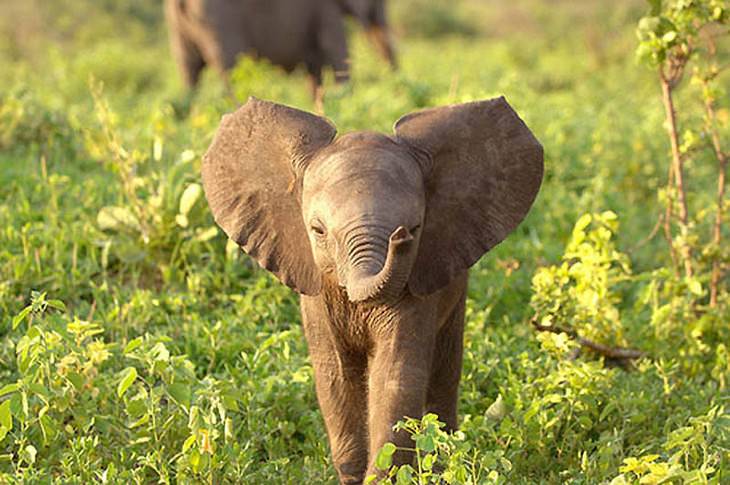

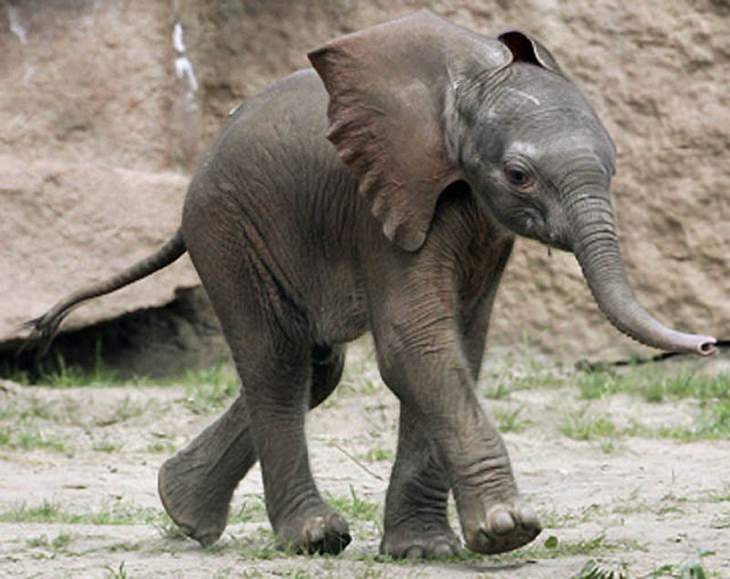

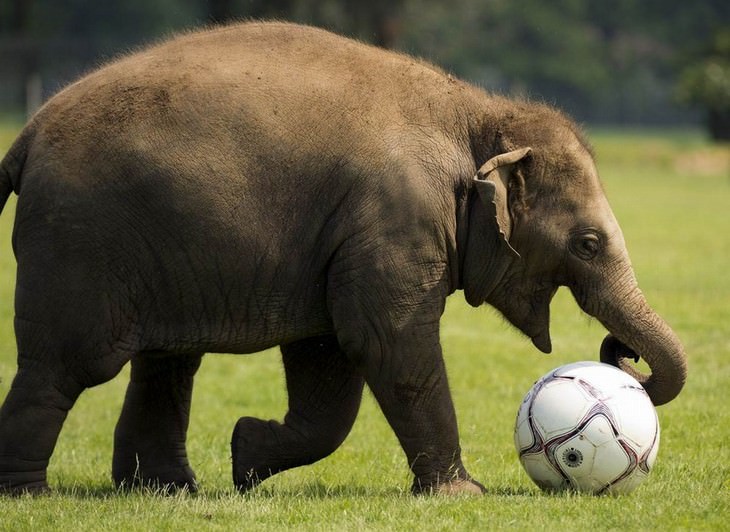
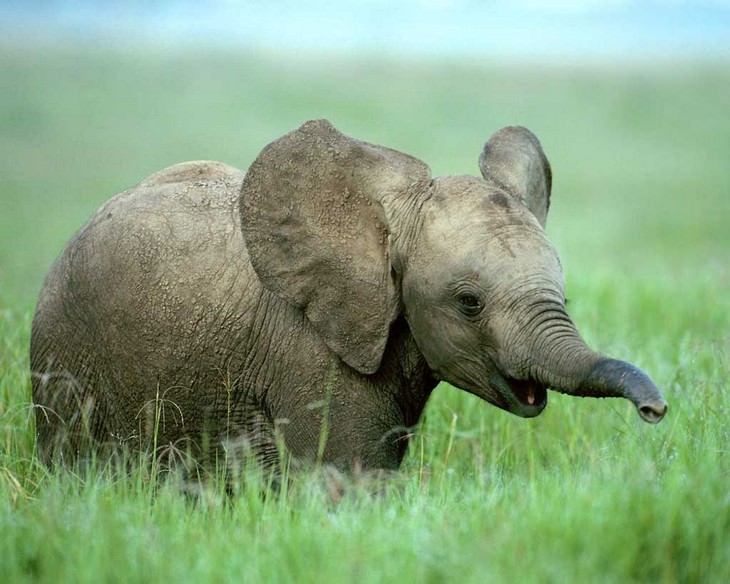
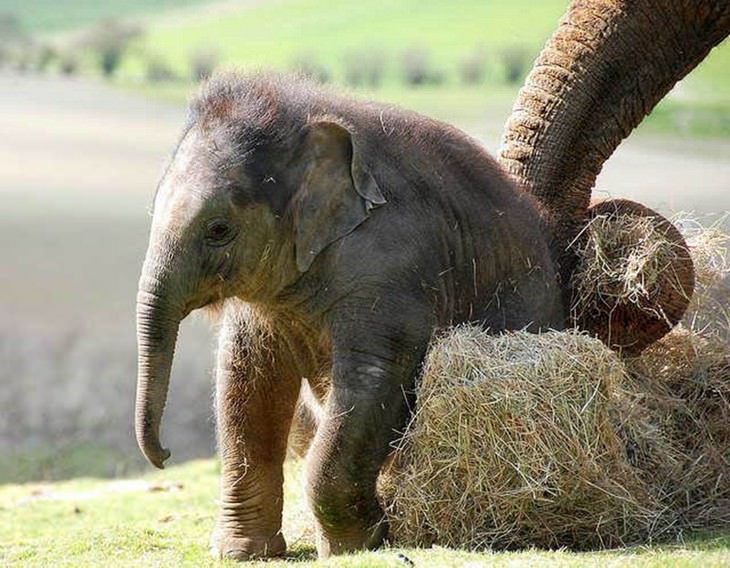
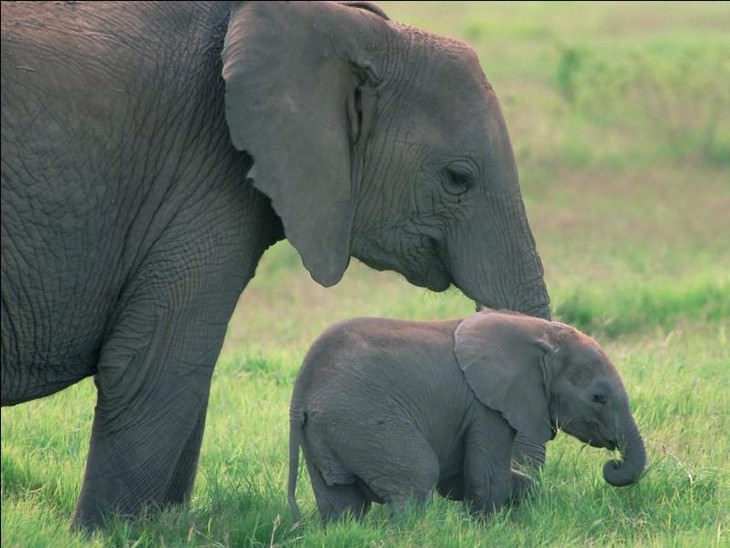

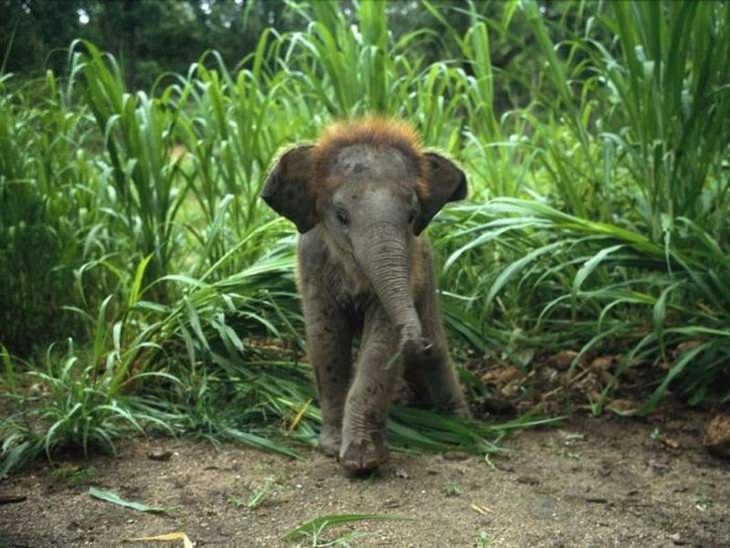
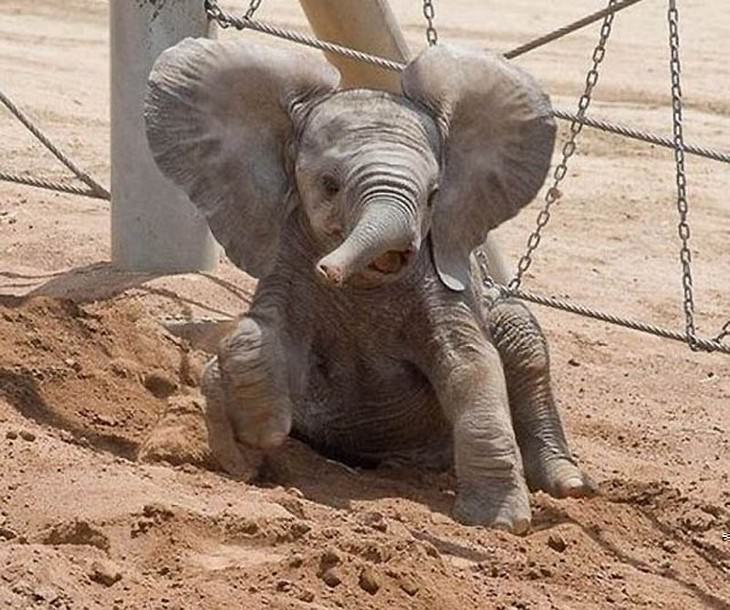
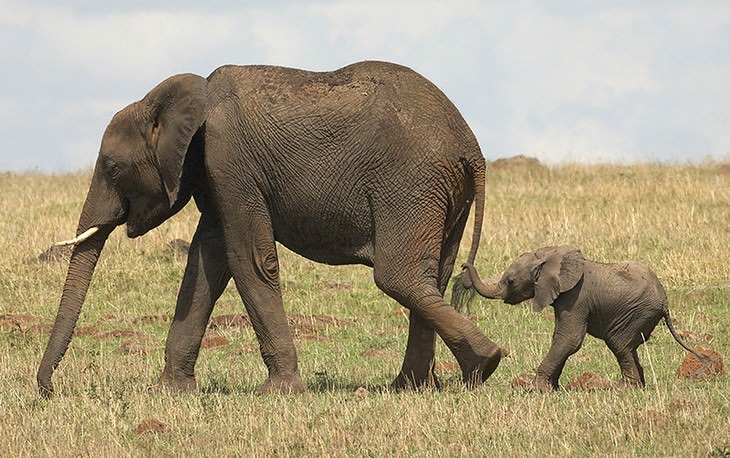


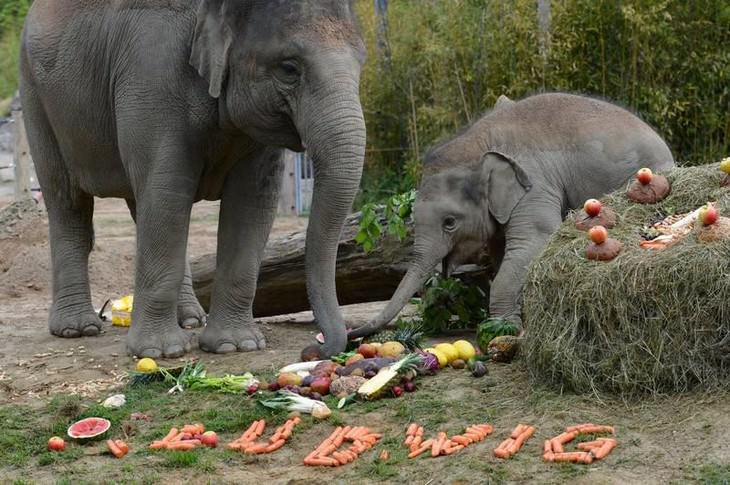
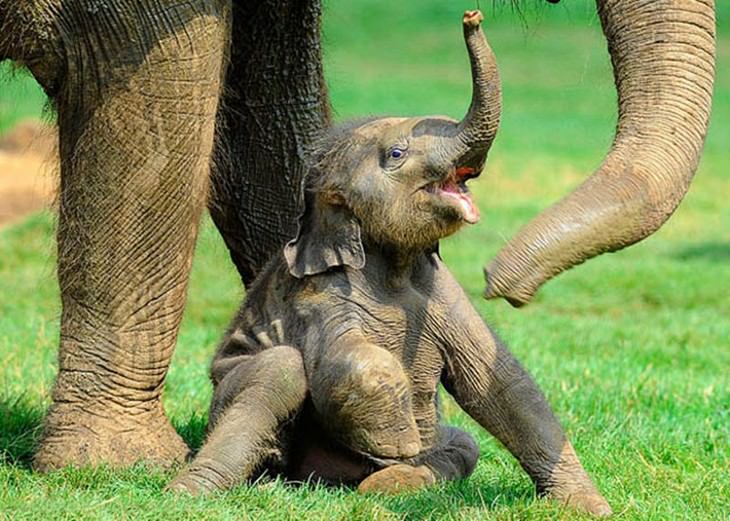
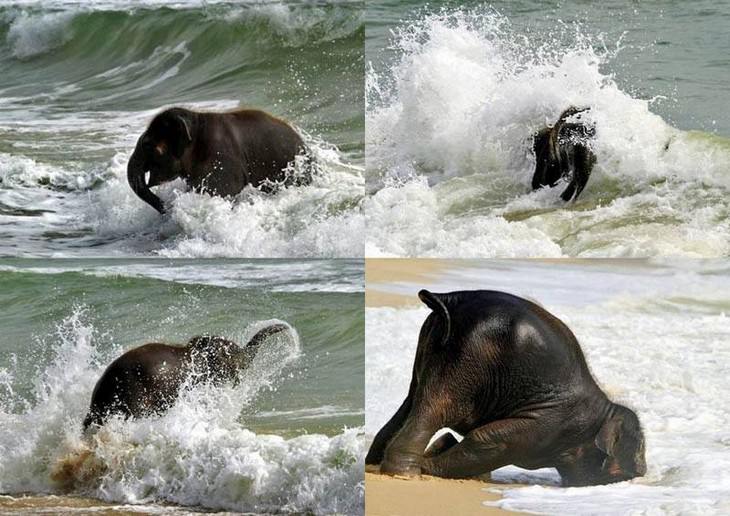

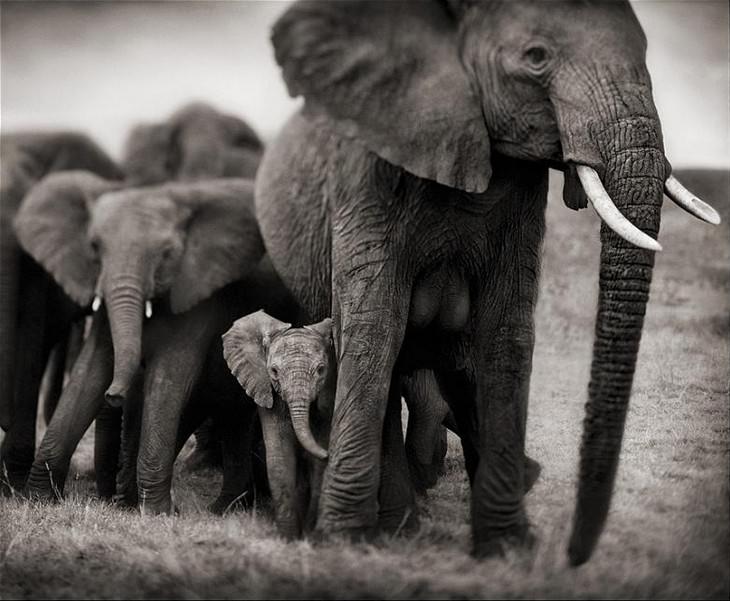
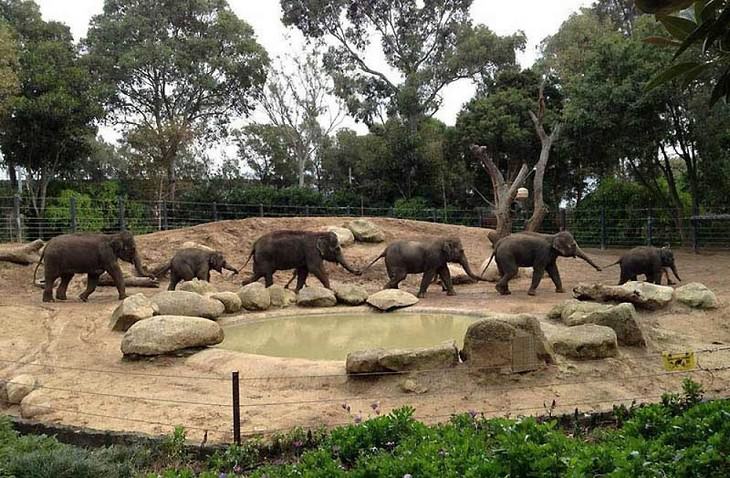
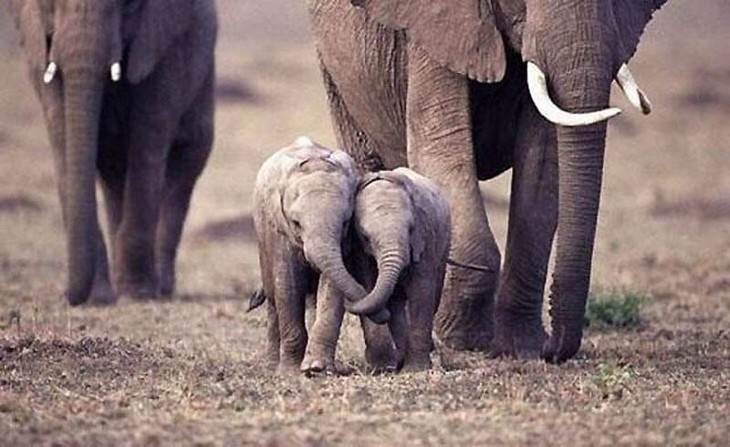

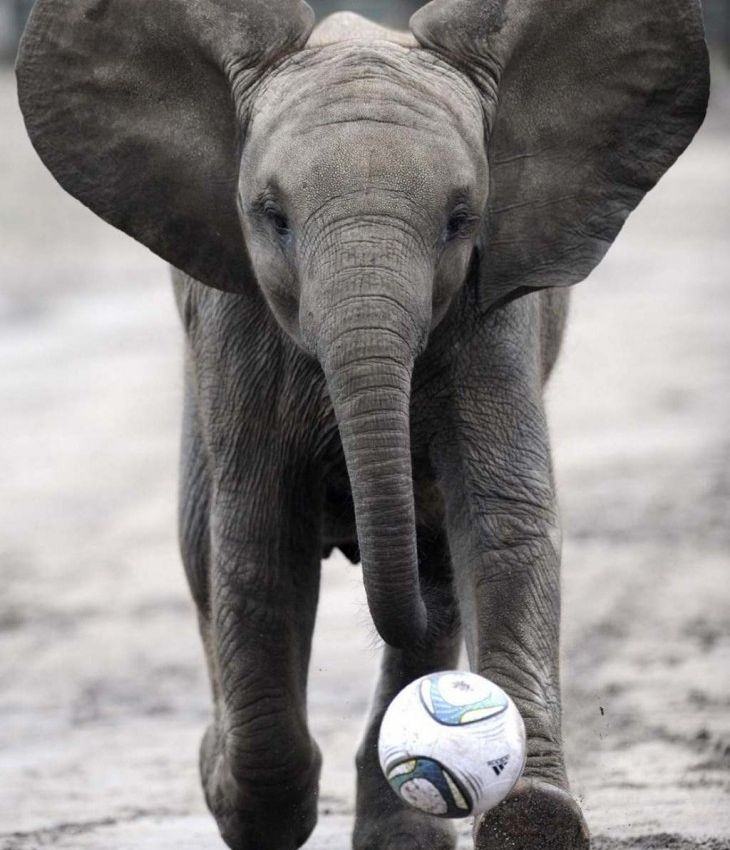
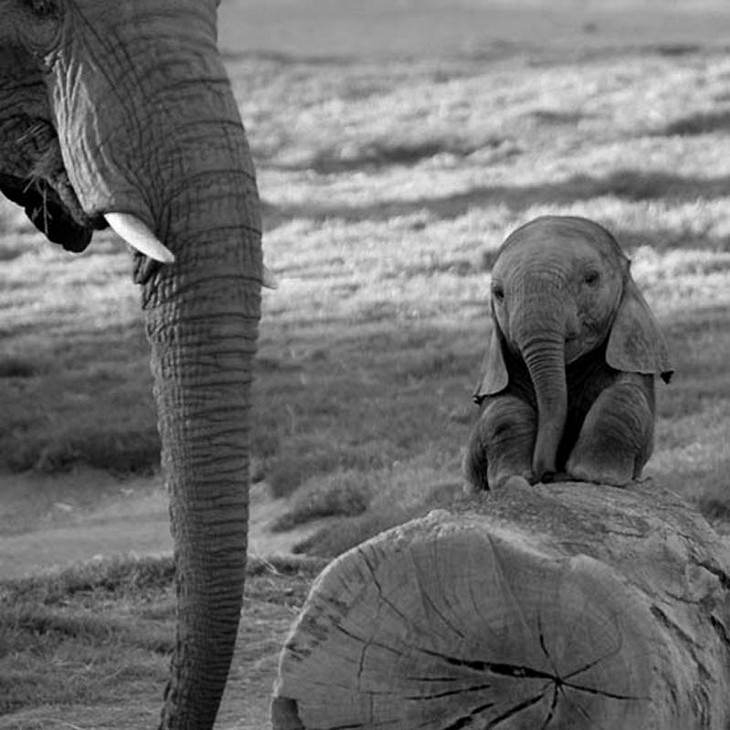

Adorable: The Dogs Are Also Working From Home!
These adorable dogs have decided to work from home, and we get to enjoy the photos!

Tree-Kangaroos Are the Cutest Animals in Australia!
Have you ever heard of a tree-kangaroo? If not, take a look as they're extremely cute!

Too Cute! 99 Adorable Kittens You'd Happily Take Home
In this collection, you can find 99 adorable cute kitten pictures that are bound to melt your heart the moment you set eyes on them!

The Natural Charm that Is Finland and Its Wildlife...
Photos by Ossi Saarinen of the Finnish nature and cutest wildlife.

This Month's Best Animal Photos!
From powerful tigers to adorable little fur balls, this photo series has it all!

These Comedy Wildlife Photos Are Hilarious
Check out 20 of the best entries from 2018's edition of the Comedy Wildlife Photography Awards.
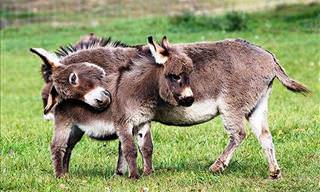
These Adorable Baby Donkeys Will Warm Your Heart
These photos of incredibly cute baby donkeys will make you realize how adorable and cuddly these farm animals really are!
 5:02
5:02
This Dog’s Dance Routine Will Blow Your Mind!
Watch this captivating performance by a dog and its handler at the Dog Dance World Championship.
 3:56
3:56
Labradors are So Much Fun to be Around!
This hilarious compilation brings you the best and funniest from one of the best dog breeds in the world.

The Pure Joy of Kids and Animals in 15 Adorable Photos
Andrea Martin captures the touching connections between children and animals in her beautiful photography.
 6:18
6:18
WATCH: This Lost Otter Pup Was Reunited With Its Family
When this otter pup got separated from its family after falling into a canal, its future looked bleak - until a very kind retiree happened to pass by...

Here's Why Dogs Will Make Your Life All the More Awesome
These photos prove exactly why dogs are awesome!

When Cats Are Hungry, You Better Watch Your Dinner Plate!
Some cats don't know which food is for them and which is for you!

Are These the Cutest Puppies Ever Featured on BabaMail?
Although we've featured many cute puppies on our site before, these might just be the cutest ever. Take a look at these 23 adorable puppy pictures.

These Fluffy Puppies Are Too Adorable for Words
Thirty adorable puppies that you are so cute you'll want to stroke them all day long.

16 Adorable Animal Photos That'll Warm You Up Today
You are invited to look at dogs, cats, and other animals that will warm your heart as captured through Guru’s lens.

15 Pics Showing That Animals Are Full of Affection for All
Your hearts will melt looking at these wonderful animals showing true love and affection for everyone around them.
 10:02
10:02
Challenge: Try Not to Laugh at These Hilarious Cats!
This cat compilation is among the funniest cat videos I've ever seen.

Funny Collection: Click On An Animal to See a Video!
This interactive animal video collection is so much fun - just choose the animal and enjoy the cuteness!

If Cute Looks Could Kill, These Kittens Would Be Illegal
If you think kittens couldn't get any lovelier, you haven't seen them dressed up like these 30 pussies! What fun!

Tiny Mice Get Dream Home Thanks to Kind-Hearted Artist
Wildlife photographer Simon Dell has built an entire village for mouse he saw in his garden.

14 Fun and Unique Crochet Pieces for Inspiration
These are the cutest crochet projects we’ve seen all year.
 2:09
2:09
Cat Owner Builds His Cats an Epic Cardboard Maze
Chris Poole decided to create a cat maze using 50 cardboard boxes...and his cats loved it!
 11:05
11:05
No Cribs Can Contain These Super Babies!
Babies can do some incredible things. These ones go the next level and perform daring (and hilarious) escapes from their cribs.
 11:16
11:16
The Exploits of Adorable Dog Nannies is My Cute Fix for the Day!
Whether it’s a soft paw on a baby’s back or a playful game of fetch, these moments of canine compassion are sure to brighten your day!
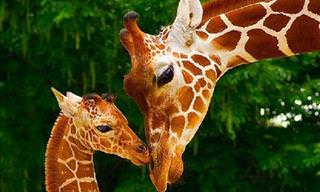
Take A Look At 18 Of the Animal Kingdom’s Redheads!
Did you know that redheads also exist in the animal kingdom? Get to know 18 beautiful and charming animals that'll add some color to your day!

The Love Between These Pets and Their Owners is Beautiful!
Have a pet can be the greatest gift in the world and these adorable stories show exactly why.

These 12 Cute Animal Moments Will Have You Smirking!
If you need a few minutes break from your busy life, look at these 12 cuties that'll make you forget all your troubles...

Then & Now: 15 Cute Photos of Dogs When They Were Puppies
These adorable photos prove that puppies grow up WAY too fast!

All These Pets Want to Do is Be with Their Owners
If our pets could spend 24/7 with us, they most probably would. These photos prove it.

24 Purr-fectly Stunning Cats That'll Steal Your Heart
It's true to say that all cats are lovely, but some are lovelier than others as this collection of beautiful cats goes to show. These felines are purrrfect!
 1:19
1:19
What's Better Than Being Woken Up by a Ball of Fuzzy Fur?
This cat nap is turning into a cat-wake!
 13:59
13:59
Try Not to Laugh at These Funny Kittens... We Dare You!
This video compilation of kittens is both cute and funny!
 11:07
11:07
Teddy's Story: A Street Cat's Beautiful Transformation
The story of Teddy is a story that starts sad and ends so happily...

Further Proof That Dogs Can Be Hilarious
Beyond the fact that they are loyal, loving and caring, dogs also provide us with some of the most amusing and innocent moments ...
 9:12
9:12
The Bigger, the CUTER! Meet the Biggest Cats in the World
Would you ever adopt a cat that's just as large as a dog? If so, you might be interested in the world's 10 largest cat breeds

Feline Love: 15 Moments of Cats Enjoying Affection
Take a look at these 15 adorable cats that will prove to you that love is still alive.

We May Be Miles Apart But You Are in My Thoughts
Wish someone you love well and let them know that they are in your thoughts with these cute greeting cards.

15 Photos That Prove Kids Have the Purest Hearts
Sometimes kids can be the most sensitive and kind ones in the room

These 12 Fluffy Persian Cats Make the Happiest Family...
When 24 beady cats eyes look your way, you don't quite know how to react!
 2:44
2:44
Is There Anything Cats WON'T Climb?
This compilation video is gonna show you how cats can climb just about anything they set their mind to.

5 Types of Rules Kids Need at Home for Good Development
This article discusses the 5 types of rules children should have at home as well as tips for implementing these rules.

16 Adorable Animals Who Got Cool Disability Upgrades
These animals got high-tech upgrades and are thriving.
 11:46
11:46
Adorable - Heartwarming Animal Adoption Stories
From a baby squirrel being raised with kittens to an eagle raising a baby chicken, these are some of the most heartwarming animal adoption stories we've seen!

The Hilarious Differences Between Cats & Dogs...
Anyone that has the pleasure of sharing a home with both a cat and a dog will know these differences all too well. Take a look at these 20 hilarious memes.
 5:55
5:55
This Fawn Comes Every Morning to Visit...
What could be a better way to start your day?
 3:12
3:12
Pets Versus Vacuums: Who Will Come out on Top?
This hilarious and cute compilation of cats and dogs interacting with vacuums will significantly brighten your day!
To enable your Ad-Free Subscription, please fill the fields below
Your subscription was successful, now you can enjoy an ad-free experience!! Note: To make sure you get no ads, please make sure to log in to your account. If you are logged in already, then refresh the page. The subscription can be cancelled at any time.


